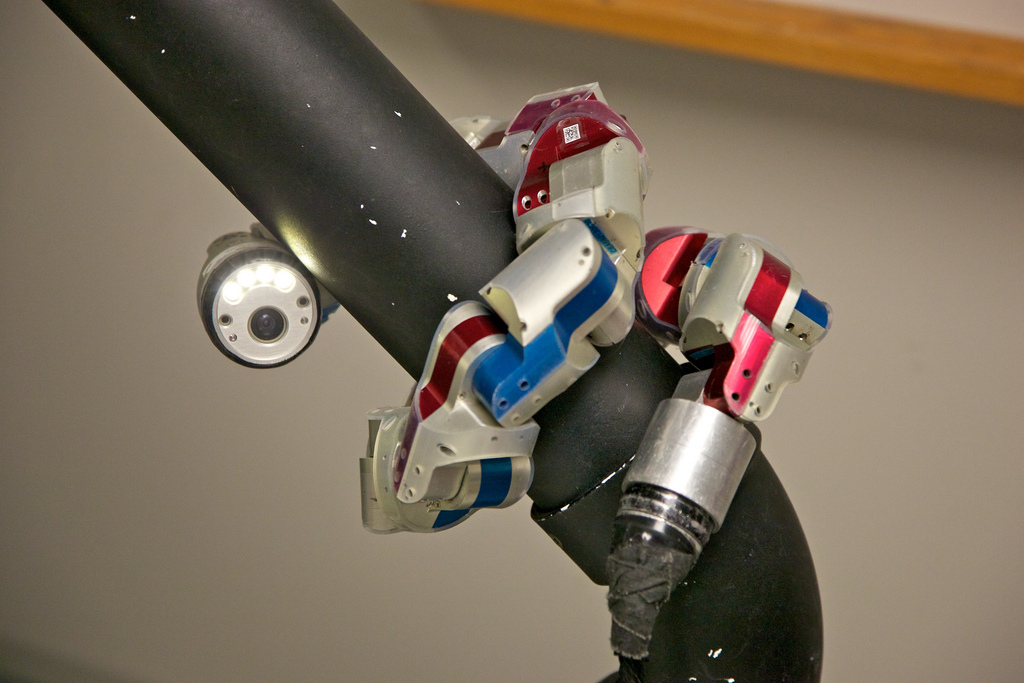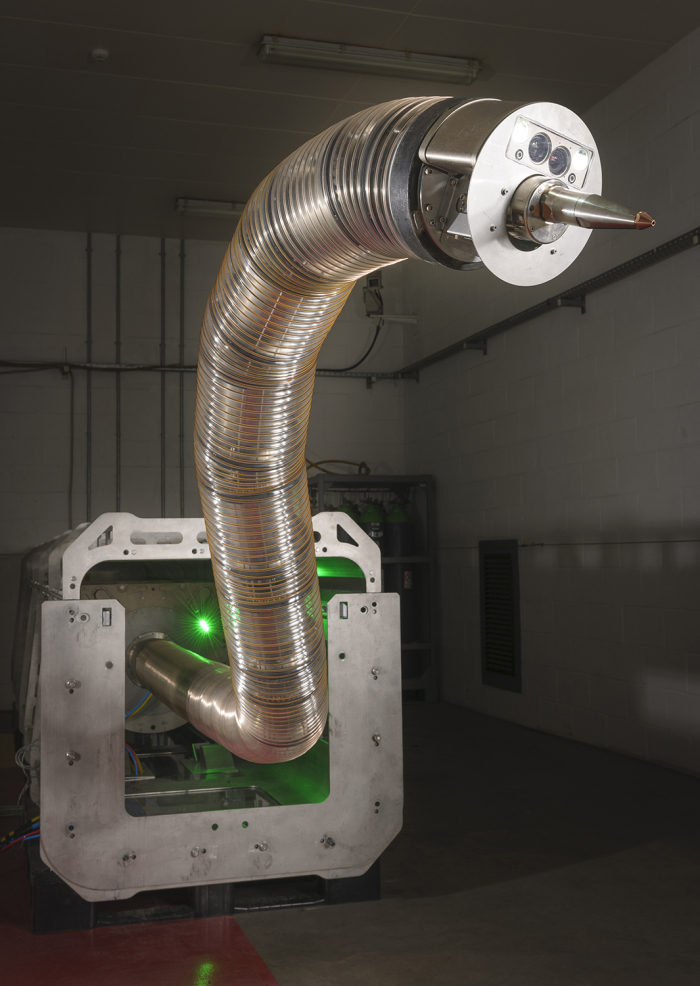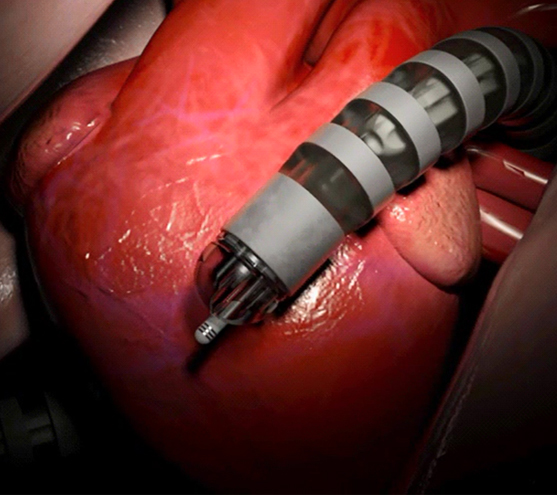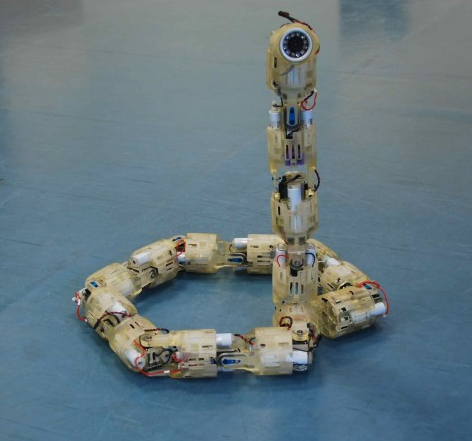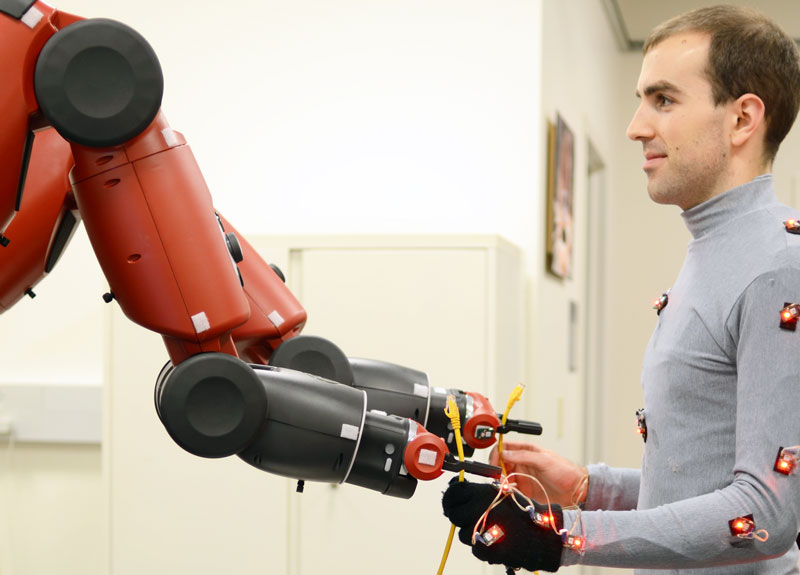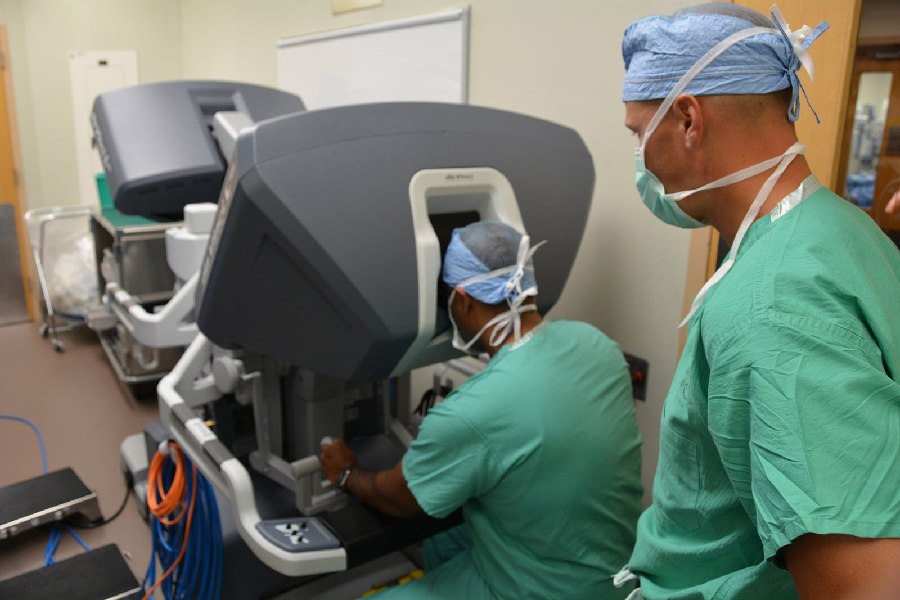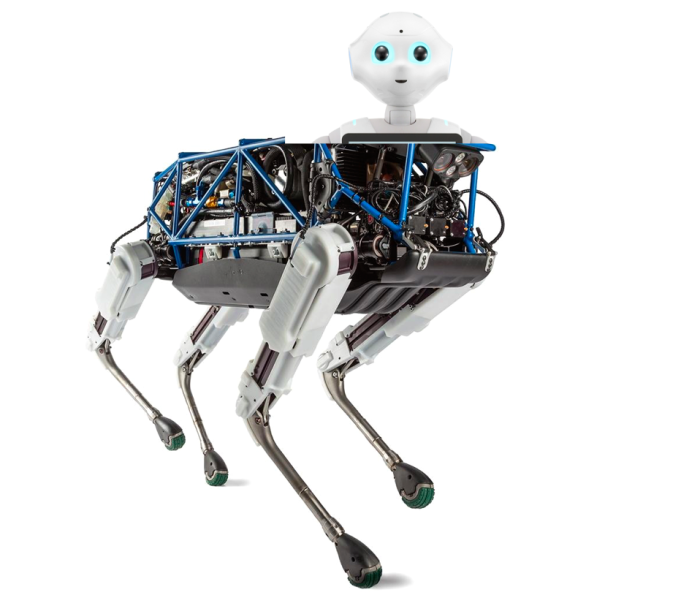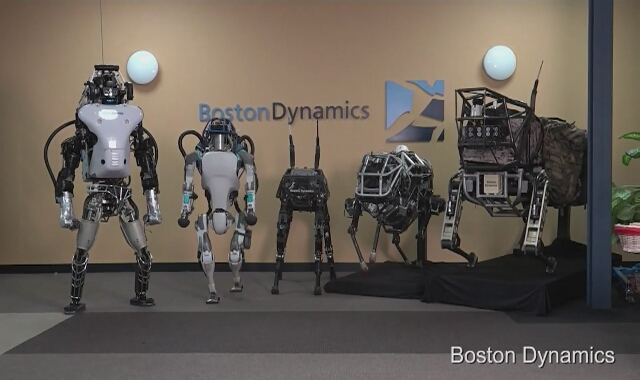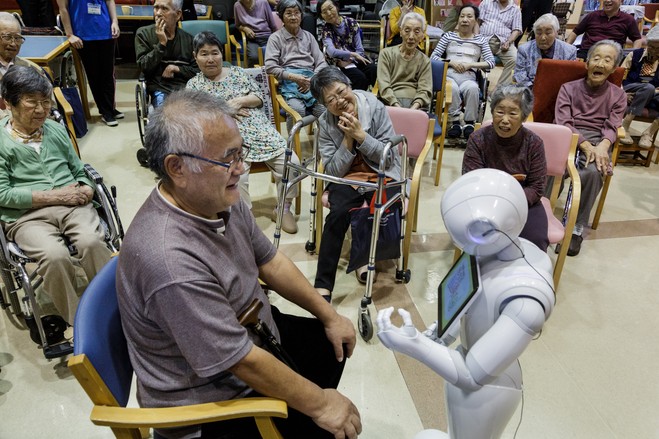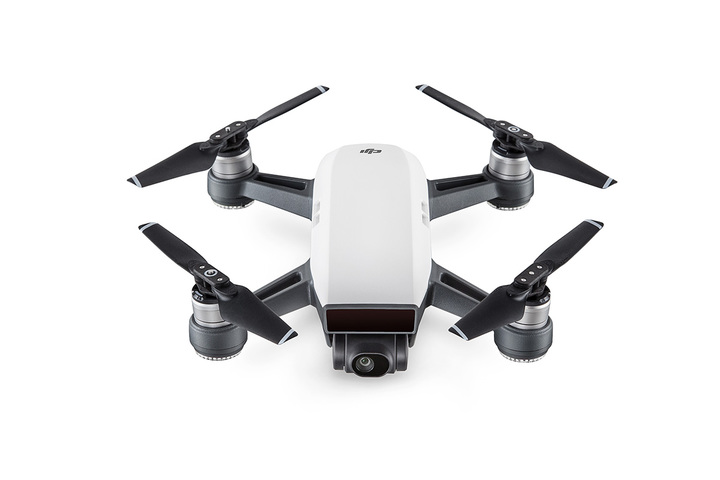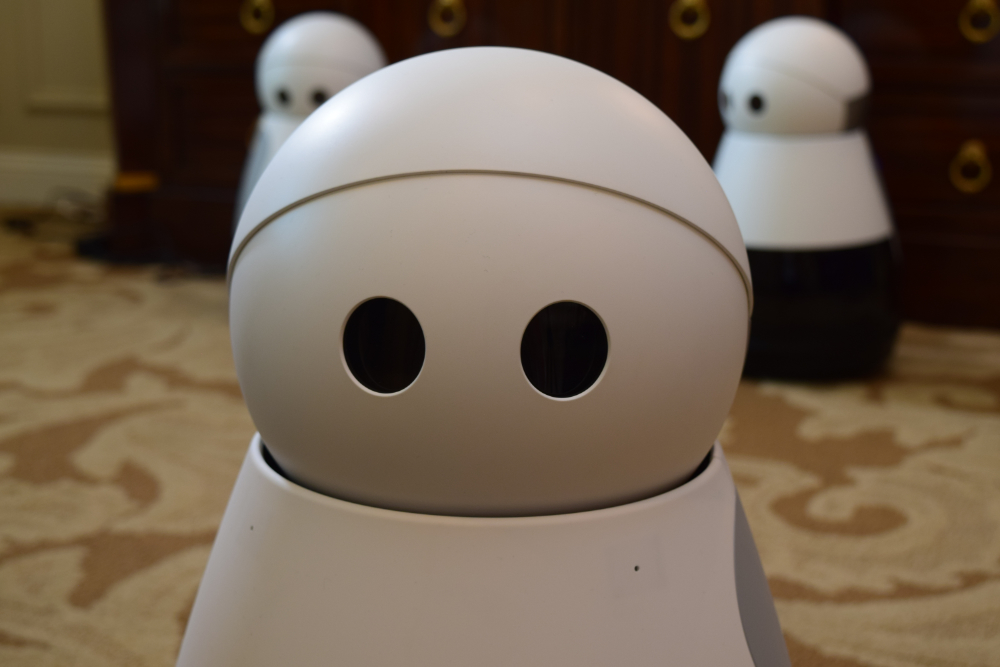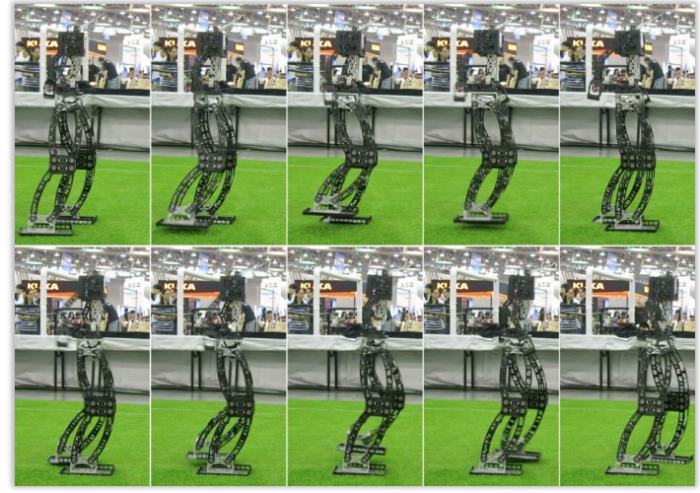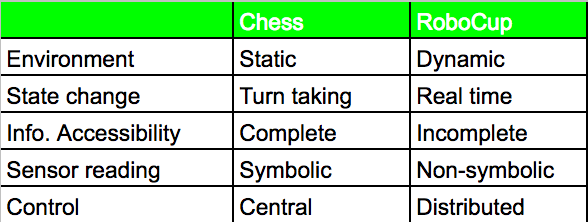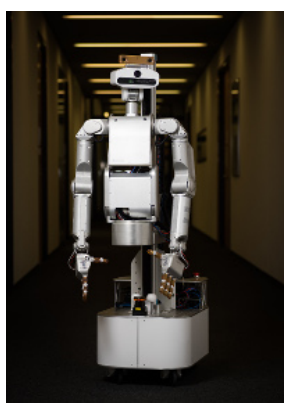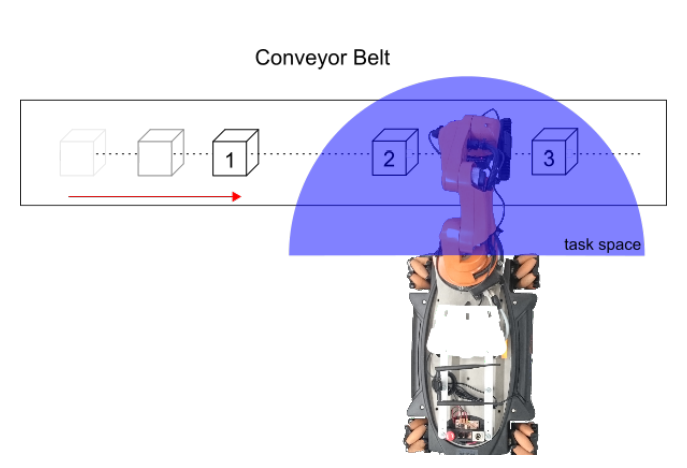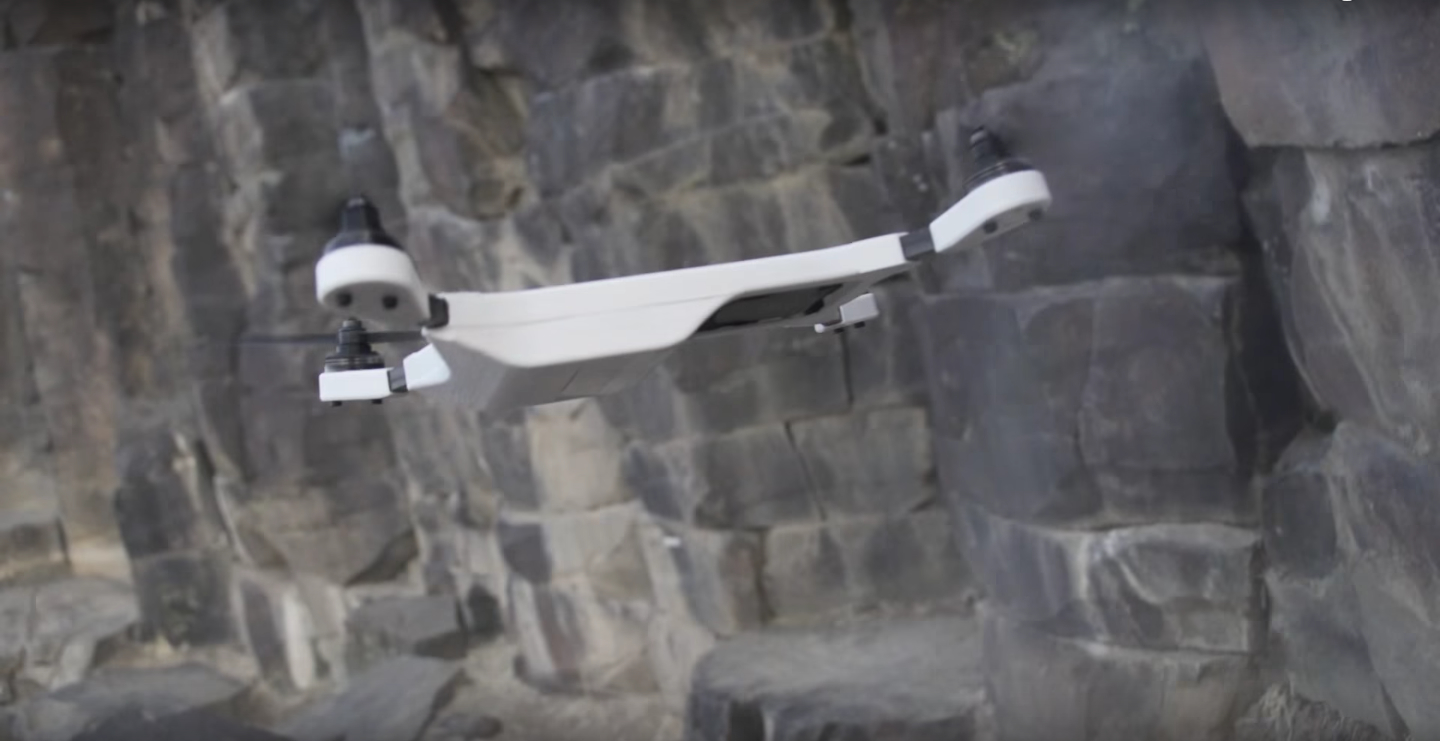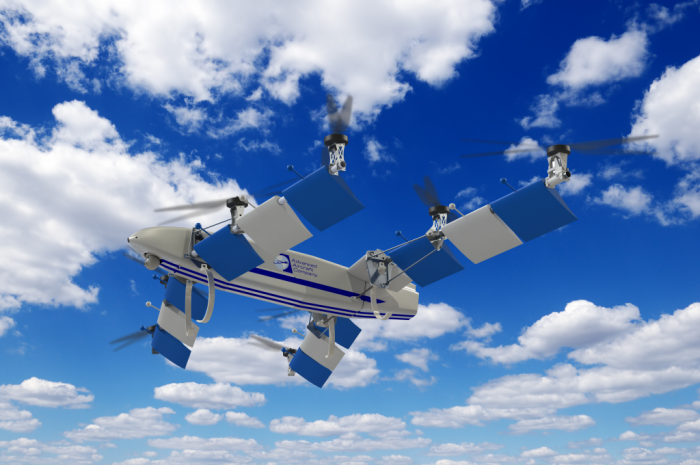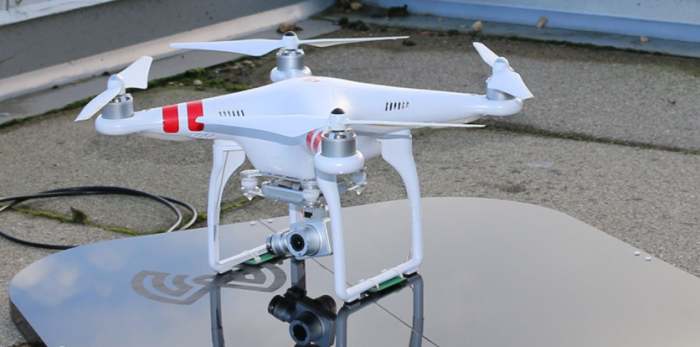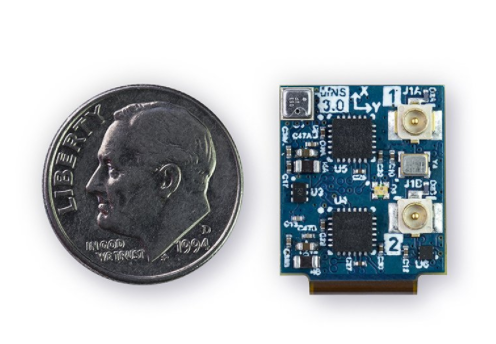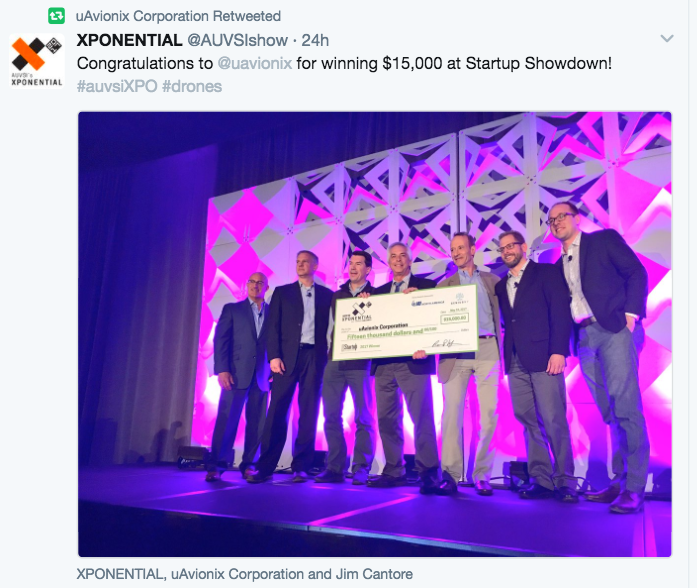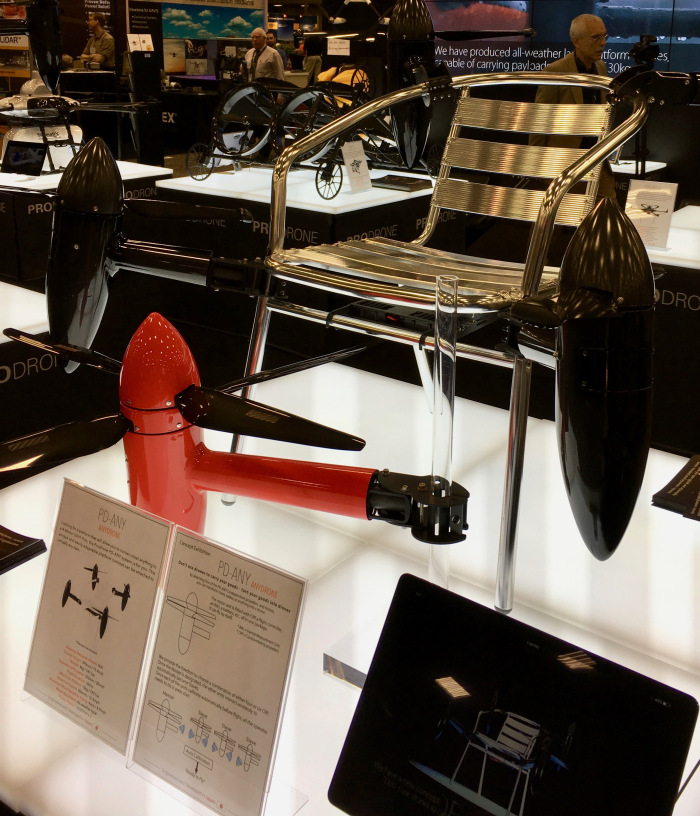
Last year, Intel partnered with Lady Gaga on the Super Bowl Halftime Show to showcase its latest aerial technology called “Shooting Star.” Intel did a reprise performance of its Shooting Star technology for Singapore’s 52nd birthday this past week. Instead of fireworks, the tech-savvy country celebrated its National Day Parade with a swarm of 300 LED drones animating the night sky with shapes, logos, and even a map of the country.
Intel’s global drone chief, Anil Nanduri, explained, “There’s considerably more operational complexity in handling a 300 drone fleet, compared with 100 drones in a show. It’s like juggling balls in your hand. You may be able to juggle three, but if you juggle nine, you may have to throw them higher and faster to get more time.” Earlier this year, Intel first showcased its 300 drone show at Coachella music festival on the heels of claiming the Guinness World Record of a 500 drone performance.
Choreographed drones are winning the hearts of Cirque du Soleil theatergoers with a fleet of flying acrobatic vehicles dancing around its human performers. These drones are the brain child of Professor Raffaello D’Andrea of the ETH Zurich, Switzerland and his new startup Verity Studios. D’Andrea is probably best known as one of the three founders of Kiva Systems and now he is taking the same machine intelligence that sorts and delivers goods within Amazon’s warehouses to safely wow audiences worldwide. The flying lampshades (shown in the video below) are actually autonomous drones that magically synchronize with the dancers, without safety nets or human operators.
Verity’s customer, Cirque du Soleil’s Chief Creative Officer Jean-Francois Bouchard, said D’Andrea’s “flying machines are unquestionably one of the most important statements of the PARAMOUR show.” The key to the flying machines’ success over 7,000 autonomous flights on Broadway is its proprietary technologies that enable multiple self-piloted drones to be synchronized within flight. Verity’s drone is part of a larger performance system called “Stage Flyers.”

The Stage Flyer platform has proven itself in the field, flying next to thousands of people each evening by having built-in redundancy to any single failure. According to Verity’s website, the system is “capable of continuing operation in spite of a failed battery, a failed motor, a failed connector, a failed propeller, a failed sensor, or a failure of any other component. This is achieved through the duplication of critical components and the use of proprietary algorithms, which enable safe emergency responses to component failures.” This means that the drones can operate safely around audiences and performers alike, carrying payloads of cameras, mirrors, and special lighting effects. As shown in the above diagram, the drone system includes a fleet of self-piloted drones that utilize one positioning system and control unit. The company boasts that its system only takes a few hours to install, calibrate and learn how to operate.

Drone swarms are not just for entertainment, as today there are a number of upstarts and established players utilizing these mechanics for e-commerce fulfillment centers. Last June, Amazon was issued a patent for a “Multi-Level Fulfillment Center for Unmanned Aerial Vehicles.” The beehive-looking distribution center (above) is designed to facilitate traffic between inbound and outbound delivery drones. The patent illustration details “multiple levels with multiple landing and take-off locations, depending on local zoning regulations.”

This is all part of Amazon’s larger plan to grow its robotic workforce over the next two to three years. Instead of human truck drivers, the patent displays delivery bays that open and close automatically based on the direction of the drones and interior platforms that cycle around the hive. CB Insights reports that the patent describes “impact dampeners,” such as nets, for receiving inbound drones and “launch assist mechanisms,” such as fans, for launching outbound drones. It appears that Amazon will be looking again to technology like D’Andrea’s research to revolutionize its global network of warehouses with synchronized swarms of drones that safely soar above human workers.
Amazon’s competitor Walmart announced last summer its plans to utilize swarms of indoor drones for inventory management, replacing the need for people climbing dangerous ladders to manually scan labels. The New York Times first reported last July that the retailer applied for a FAA exemption to begin testing drones inside its massive distribution centers. Shekar Natarajan, the vice president of last mile and emerging science for Walmart, demonstrated for the newspaper how swarms of drones could easily move up and down aisles, from floor to ceiling, to scan 30 barcode images a second (an efficiency that would be impossible for even the most agile humans). Walmart has publicly boasted that it will spend close to $3 billion on new technology and other cost-saving investments to bolster its e-commerce business which is growing, but at a slower pace than its nemesis Amazon.
The race to dominate the warehouse has led to increased investments in the logistics sector and even an accelerator dedicated solely to technology around distribution centers. Chattanooga, Tennessee-based Dynamo Accelerator showcased last May its second cohort of startups. One of the most successful showings was Chicago-based Corvus Robotics, a software company that uses indoor aerial drones to scan inventory (similar to the Walmart example above). According to Dynamo’s managing directors, Corvus is building enabling tools that allow operators to fly drones autonomously, scan & sync barcodes, and enter the SKU data into the existing warehouse management system.

Santosh Sankar, the director at Dynamo, explained his accelerator’s mission succinctly in a recent blog post: “We believe our focus and hands-on approach is one of our value-adds. As such, we’re leaning into being seed investors and upholding our commitment to transforming our industry by focusing on our founders and our corporate partners. We’ve opted to not hold a quota for our programs and hone in on companies we can truly help because that ultimately makes for good seed investments.” Sankar added that several of the program participants “are already well on their way to generate ($1 million or more) in annual revenue and/or have raised their initial round of capital.”

Corvus may be the latest indoor drone startup to enter an already crowded warehouse market, which includes established players like the Hardis Group, Smartx, and DJI. Drones continue to amuse, amaze and evolve as the growing need for more unmanned systems in our lives appears to be almost insatiable. Next month, we plan to dig deeper into the drone market with our RobotLabNYC event series on September 19th at 6pm in WeWork Grand Central. Joining us in the discussions include thought-leaders from NASA, AUVSI, and Genius NY, RSVP today, as space is limited.
![]()
 Last August, Singapore became the first country to permit autonomous taxis on its roads. Boston-based startup
Last August, Singapore became the first country to permit autonomous taxis on its roads. Boston-based startup 



